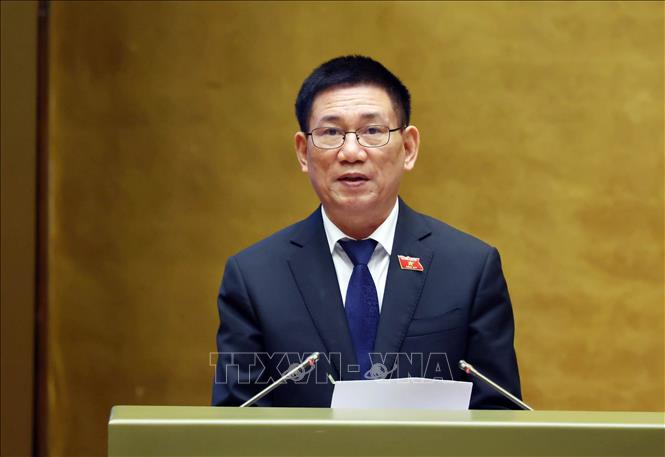
Removing barriers and promoting the economic restructuring process.
Presenting the Report on the results of implementing the National Assembly's Resolution on the Plan for Restructuring the Economy in the period 2021-2025, Deputy Prime Minister Ho Duc Phoc stated that the Plan for Restructuring the Economy in the period 2021-2025 was implemented in the context of a rapidly changing, complex, unpredictable, and unprecedented global and regional situation... Domestically, in addition to advantages, the economy also faces many difficulties and major challenges from both external factors and internal issues.
However, thanks to the decisive involvement of the entire political system and the collective efforts and outstanding endeavors of the entire Party, people, army, and business community, as well as the support of international friends, our country has overcome difficulties and challenges, continuing to achieve important and fairly comprehensive development results, with many outstanding highlights compared to the world and the region.
Regarding the implementation of key tasks, for the 27 targets set out in Resolution No. 31/2021/QH15, to date, 23 out of 27 targets have assessment information; of which, the number of targets likely to be completed is 10/23; the number of targets unlikely to be completed is 9/23; and the number of targets expected not to be completed is 4/23. Some targets, such as: increasing labor productivity; the number of enterprises; the number of agricultural cooperatives applying high technology; the percentage of agricultural cooperatives linked with enterprises in the value chain; and the proportion of spending on science and technology, have encountered many difficulties and challenges in implementation, requiring great effort to achieve.
Regarding the five key tasks outlined in Resolution No. 31/2021/QH15 of the National Assembly for the period 2021-2025, the Government has issued Resolution No. 54/NQ-CP with 102 tasks that have been implemented and yielded many important results. To date, 86 out of 102 tasks have been completed (84.3%); 16 out of 102 tasks (15.7%) have draft plans and are continuing to be implemented.
However, the implementation process still faces some shortcomings and limitations, such as: The progress in building institutions and policies to promote economic restructuring has not kept pace with development requirements. While the economic structure and growth model have improved, they have not created significant changes. The development of the business sector still faces certain limitations. Economic sectors have not seen a strong shift in productivity, especially in the industrial and service sectors. The restructuring of state-owned enterprises and public service units is slow and has not met expectations. Restructuring some key sectors still faces many difficulties and challenges. Various market types have not yet achieved high efficiency, failing to ensure sustainable development.
In the coming period, the Government has identified several key areas in directing and managing the implementation of tasks and solutions for restructuring the economy, including: Continuing to focus on perfecting institutions and the legal system, removing obstacles, and promoting the economic restructuring process. Expeditiously issuing documents to implement laws recently passed by the National Assembly. Accelerating progress and completing the restructuring goals in key sectors. Boosting the disbursement of public investment capital and national target programs, striving to achieve a 100% disbursement rate for the 2025 plan.
Furthermore, effectively implement solutions to promote business development and accelerate the restructuring of state-owned enterprises. Actively implement the development of a digital government and policy solutions to improve and upgrade the quality of the investment and business environment. Focus on leveraging the leading role of major cities and growth poles in innovating their growth models. Promote the shift of industries towards the use of modern technology; develop a green economy, a circular economy, and a digital economy. Develop various types of markets, strengthen the application of digital technology with breakthrough solutions, and implement strong, comprehensive, synchronized, and far-reaching reforms to promote the restructuring of the economy.
Based on the assessment of the situation and the implementation results of the Economic Restructuring Plan for the period 2021-2025, the international and domestic context, and the proposed solutions for the remaining months of 2025, the Government continues to closely direct the ministries, agencies, and localities assigned as the lead agencies to implement the goals and targets, focusing on monitoring, supervising, and evaluating the feasibility of achieving the goals, while promptly proposing and supplementing necessary solutions to strive to complete the important goals and targets by the end of 2025.
At the same time, the directive instructs ministries and agencies to continue focusing on implementing and completing programs and projects serving the restructuring of the economy in the 2021-2025 period to create tangible results in economic restructuring; to continue creating a transparent, equitable, and favorable investment environment to promote the development of enterprises and cooperatives; to focus on promoting the leading role of large cities and growth poles; to organize the realization of institutional breakthroughs and remove difficulties for businesses... It also calls for continued research and development of new economic development models associated with the high-growth phase to exploit and promote new growth drivers, leverage the achievements of the Fourth Industrial Revolution; apply science and technology, innovation, and digital transformation; and develop the digital economy, green economy, circular economy, and data economy...
Shaping new growth drivers for the period 2026-2030
The report on the implementation of the National Assembly's Resolution on the Plan for Restructuring the Economy in the period 2021-2025, presented by Phan Van Mai, Chairman of the National Assembly's Economic and Finance Committee, assessed that the implementation of the five key tasks for restructuring the economy in the period 2021-2025 has achieved many positive and more comprehensive results compared to the previous period.
Specifically, the restructuring of public investment, the state budget, the credit system, and the public service sector has yielded many clear results. Public investment has played a leading role, overcoming the problem of scattered investments; the number of projects funded by the central budget decreased from approximately 11,000 to less than 5,000 in the 2021-2025 period; disbursement progress has improved significantly, averaging 94.3% of the plan, with many outstanding projects resolved. The state budget has been strengthened and secured, public debt maintained at 35-36% of GDP; non-performing loans in the credit system are controlled below 2%; and the public service sector is gradually becoming more streamlined, enhancing autonomy and efficiency in providing public services.
The financial, real estate, labor, science, and technology markets have all seen positive developments, and the legal framework is becoming increasingly完善. The financial market remains fundamentally stable amidst numerous domestic and international fluctuations. Vietnam ranks 44th out of 139 countries in the Global Innovation Index (GII). The private sector is developing dynamically, contributing approximately 51% of GDP, over 30% of budget revenue, and employing 82% of the workforce. The FDI sector continues to be an important driving force in high-tech fields; the collective economy and cooperatives are increasingly applying technology and digital transformation effectively.
Regional linkages and urban development have achieved many outstanding results, with 108 out of 110 planning documents approved, 6 regional coordination councils in operation, coastal economic zones, key infrastructure projects, and new models such as the Da Nang Free Trade Zone being focused on implementation. The economic structure in the 2021-2025 period has shifted positively, with industry and services accounting for over 80% of GDP, the digital economy nearly 14%, and renewable energy reaching 15% of electricity production; agriculture continues to affirm its pivotal role with continuously improving productivity, quality, and export value.
The Economic and Financial Committee believes that the results achieved show that the economic restructuring process in the 2021-2025 period is undergoing more substantive, comprehensive, and synchronized changes across regions, sectors, and areas. The efficiency of resource allocation and utilization has been enhanced. New growth drivers are gradually emerging, contributing to consolidating a stable macroeconomic foundation and strengthening the self-reliance, resilience, and competitiveness of the economy.
Besides the achievements, the implementation of economic restructuring in the past period has also faced a number of difficulties and challenges. The Economic and Financial Committee proposes paying attention to several issues. Accordingly, out of the 27 targets in Resolution No. 31/2021/QH15, only 10 targets are expected to be achieved, while 13 targets are difficult to achieve (including 9 targets that are difficult to achieve and 4 targets that will not be achieved), focusing on target groups related to the quality of growth, labor productivity, market and enterprise development, and innovation. Therefore, it is proposed that the Government clearly assess the impact of not achieving these targets on the overall results and effectiveness of the Economic Restructuring Plan for the period 2021-2025, and at the same time draw lessons learned to identify strategic solutions for the period 2026-2030, ensuring the continuation of achievements and thoroughly addressing current shortcomings.
Furthermore, the growth model is slow to transform, still primarily relying on capital and labor, while sustainable drivers such as innovation, science, technology, and the knowledge economy contribute only minimally. This makes it difficult for the growth model to shift in depth and risks getting stuck in the middle-income trap. Labor productivity is improving slowly, averaging only 5.24% per year during the 2021-2025 period, much lower than the target of 6.5% and significantly lower than other countries in the region.
The economic structure is shifting slowly, and added value remains low. While the proportion of agriculture in GDP has decreased, it is still high, while the processing, manufacturing, and value-added service industries have not developed proportionally, mainly relying on outsourcing and assembly. Supporting industries are developing slowly, with a localization rate of only about 36.6%, indicating that domestic enterprises have not yet deeply participated in global value chains...
Furthermore, the inherent capacity of the private and collective economic sectors is limited, characterized by small scale and a lack of value chain linkages, while attracting and spreading FDI has not met expectations. The progress of equitization and divestment of state-owned enterprises remains slow. The regional economic development space is fragmented, lacking centers, growth poles, and value chains with international competitiveness.
The Economic and Financial Committee believes that, despite achieving certain results, the economic restructuring plan for the 2021-2025 period still has some shortcomings and limitations. It requests the Government to assess and clearly identify the causes and extent of the impact of these limitations on the overall effectiveness of the economic restructuring plan for the 2021-2025 period, as a basis for drawing lessons and setting directions for the next phase.
Regarding the direction for implementation in the remaining months of 2025, the Economic and Financial Committee basically agreed with the five groups of solutions outlined in the Government's Report and emphasized that, in the context of a volatile global economy, it is necessary to continue prioritizing the consolidation of macroeconomic stability, ensuring major balances, maintaining policy space, and simultaneously promoting economic restructuring associated with the innovation of the growth model towards green, digital, and sustainable growth, creating a solid foundation to achieve the goals of the 2021-2025 period and shaping new growth drivers for the 2026-2030 period.
Source: https://baotintuc.vn/thoi-su/uu-tien-cung-co-on-dinh-kinh-te-vi-mo-bao-dam-cac-can-doi-lon-20251020191115807.htm


![[Photo] Prime Minister Pham Minh Chinh holds a phone call with the CEO of Russia's Rosatom Corporation.](/_next/image?url=https%3A%2F%2Fvphoto.vietnam.vn%2Fthumb%2F1200x675%2Fvietnam%2Fresource%2FIMAGE%2F2025%2F12%2F11%2F1765464552365_dsc-5295-jpg.webp&w=3840&q=75)




![[Photo] Closing Ceremony of the 10th Session of the 15th National Assembly](/_next/image?url=https%3A%2F%2Fvphoto.vietnam.vn%2Fthumb%2F1200x675%2Fvietnam%2Fresource%2FIMAGE%2F2025%2F12%2F11%2F1765448959967_image-1437-jpg.webp&w=3840&q=75)
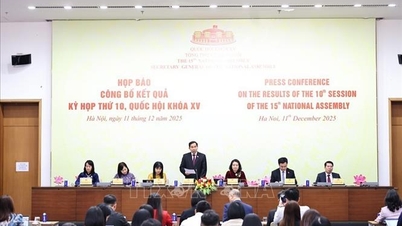
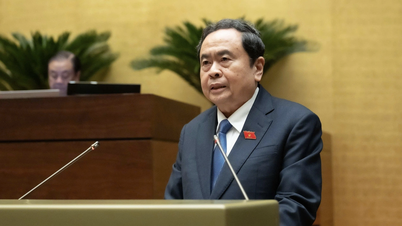

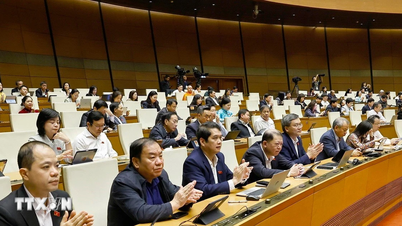

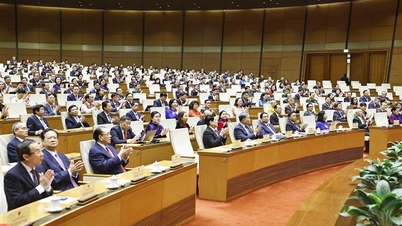
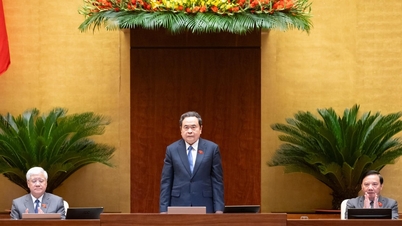

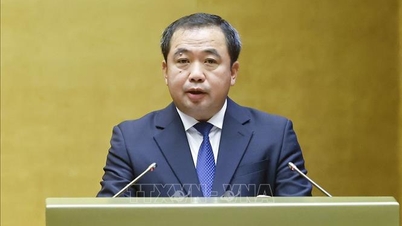
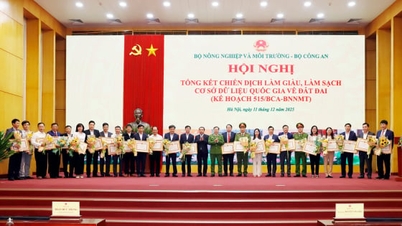


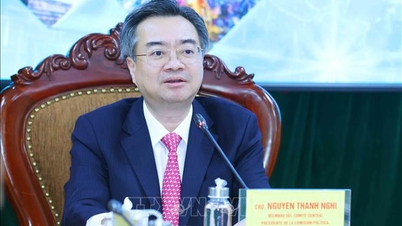

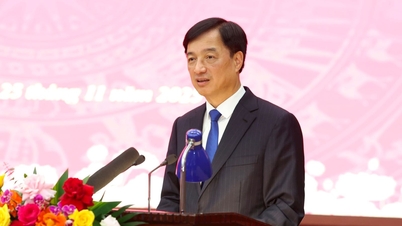
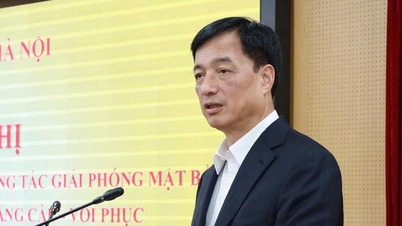





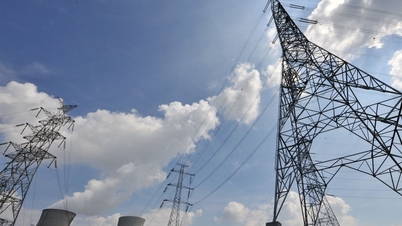
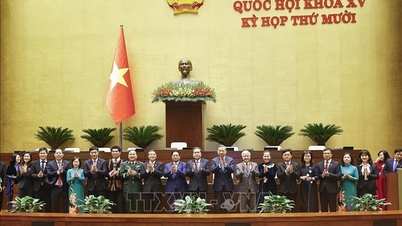
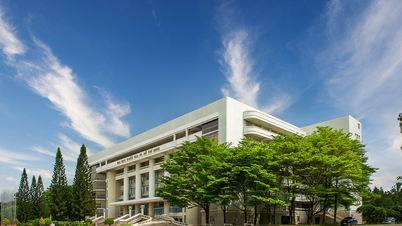
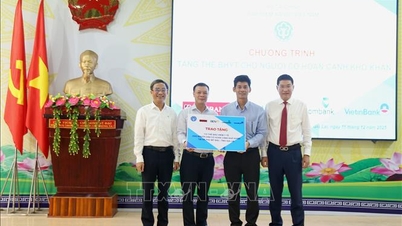
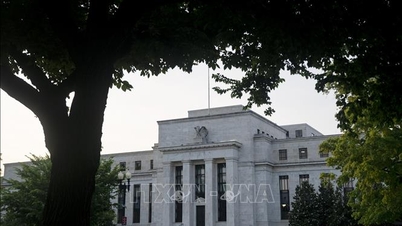
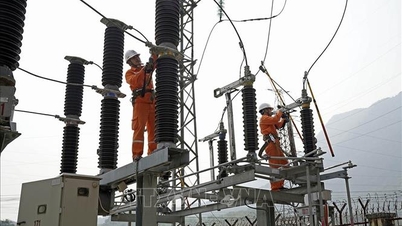








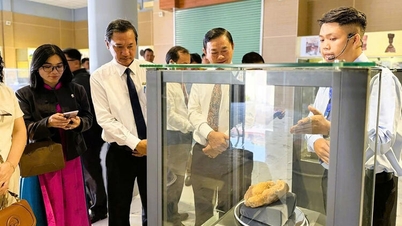

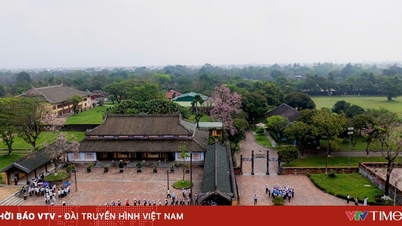







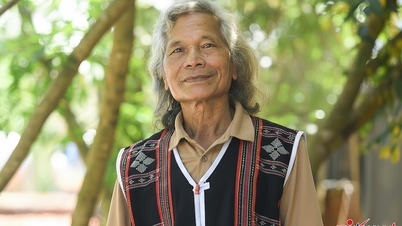



![[OFFICIAL] MISA GROUP ANNOUNCES ITS PIONEERING BRAND POSITIONING IN BUILDING AGENTIC AI FOR BUSINESSES, HOUSEHOLDS, AND THE GOVERNMENT](https://vphoto.vietnam.vn/thumb/402x226/vietnam/resource/IMAGE/2025/12/11/1765444754256_agentic-ai_postfb-scaled.png)



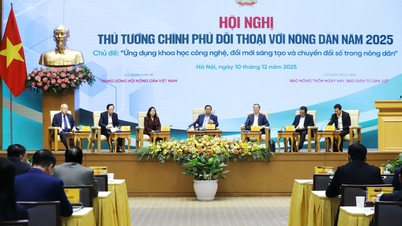











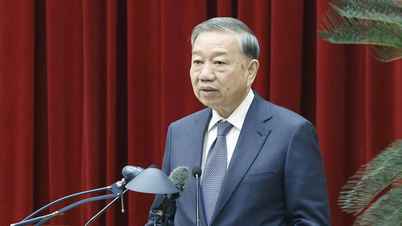
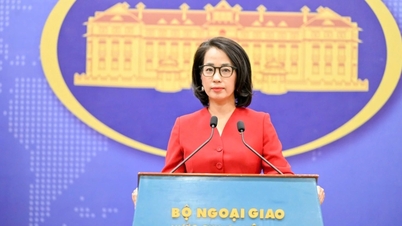




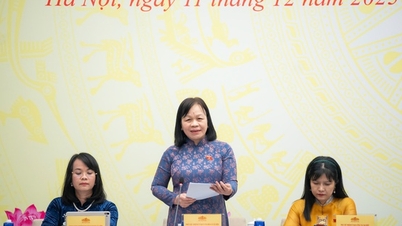

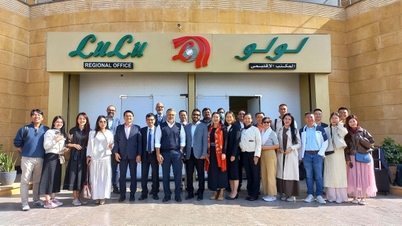

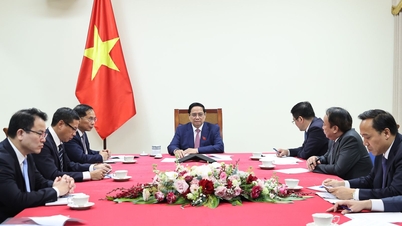

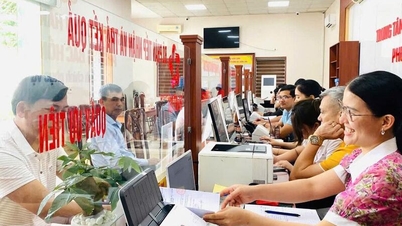


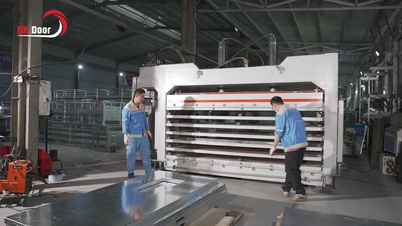





















Comment (0)